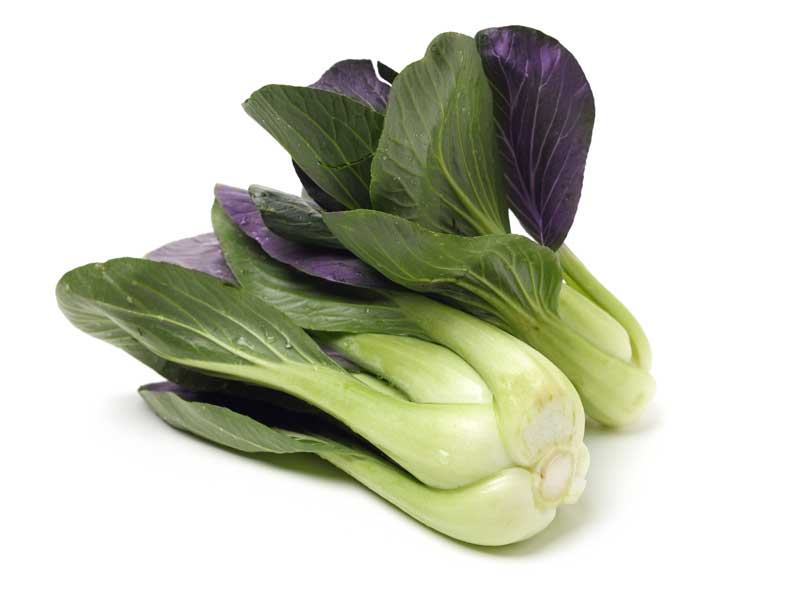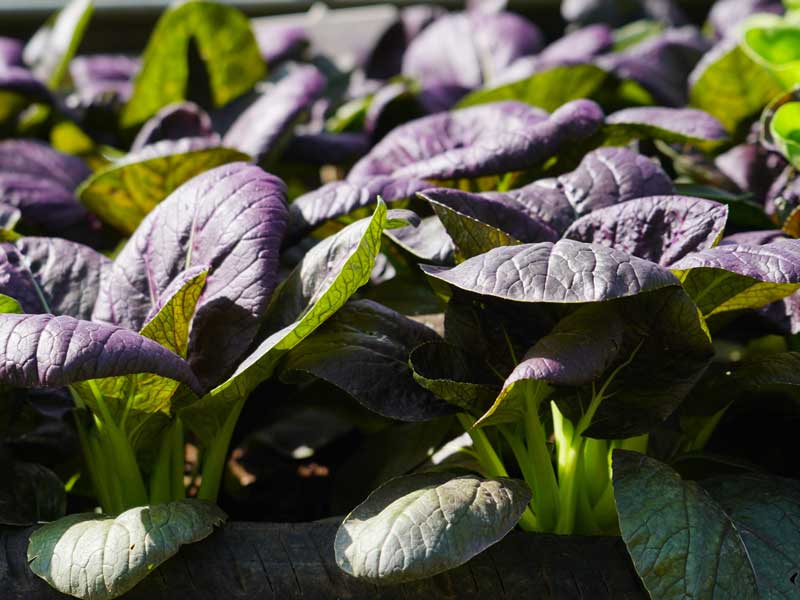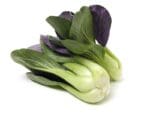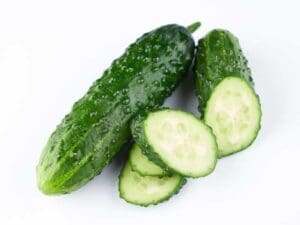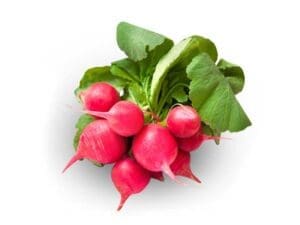PAK CHOI ‘Red’ F1 Vegetable Seeds
Botanical Name: Brassica rapa var. chinensis
Important Notice: These seeds have been treated with a fungicide (Thiram). Do not consume the seeds or feed them to animals. Fungicide treatment is a requirement under AQIS regulations for certain seed varieties. This treatment does not affect the growth of your crops or pose a risk to beneficial insects like bees. We make every effort to source untreated seed stock whenever possible; however, availability in Australia is extremely limited.
- Attractive non-heading hybrid with deep red-purple leaves and crisp green stems.
- Mild, sweet flavour perfect for fresh salads, stir-fries, and steaming.
- Fast-growing and productive, harvestable as baby greens or mature plants.
- Heat tolerant and adaptable to diverse climates.
- Ideal for garden beds, raised beds, or container cultivation.
Plant Details
- Plant Type: Annual leafy vegetable
- Plant Height: 20–30 cm
Sowing Information
- Germination: 5–7 days
- Depth: 5 mm deep
- Position: Full sun to partial shade (partial shade preferred in hot weather)
- Sow Where: Direct sow into garden beds or large pots
- Soil Type: Fertile, well-drained soil rich in organic matter; pH 6.0–7.0
- Spacing: 20–25 cm between plants, rows 30–40 cm apart
Growing Tips
- Keep soil consistently moist to encourage rapid, tender growth and reduce bolting.
- Mulch to conserve moisture and suppress weeds.
- Apply a balanced organic fertiliser every 3–4 weeks for best results.
- Harvest outer leaves continuously or cut entire plants when mature.
- Provide afternoon shade in hotter regions to prevent stress.
- Sow in small batches every 2–3 weeks for a steady harvest.
Harvest
30–40 days for baby leaves; 45–60 days for mature plants.
When to Sow Pak Choi Red F1 in Your Climate
| Climate Zone | Best Planting Time | Tips |
|---|---|---|
| Temperate | All year round | Protect young seedlings from frost in winter. Succession sow every few weeks. |
| Subtropical | All year round | Provide afternoon shade in peak summer. |
| Tropical | April–September | Grow during cooler, drier months to avoid bolting. |
| Cool | September–April | Tolerates light frosts. Sow after heavy frost risk has passed. |
| Arid | March–October | Sow during milder weather. Mulch well to retain soil moisture. |

